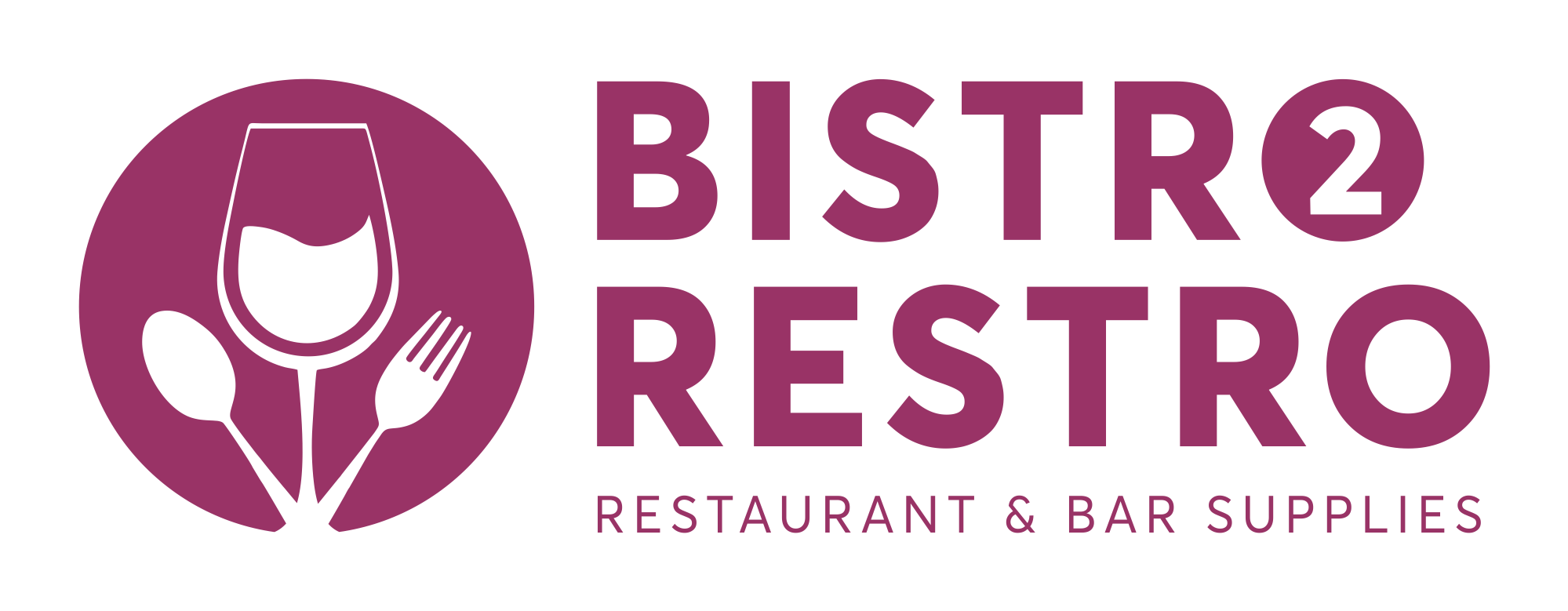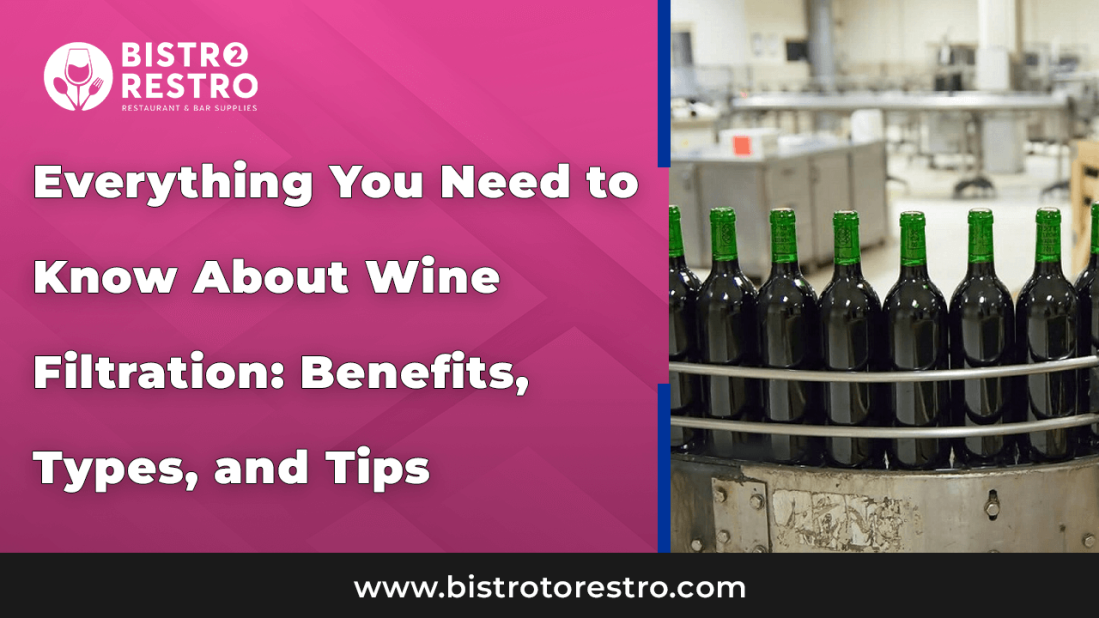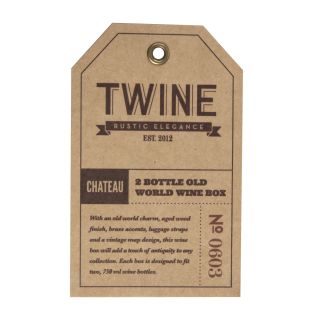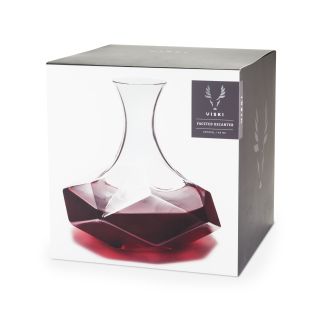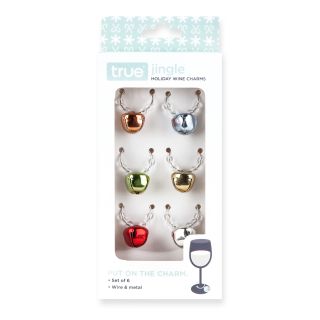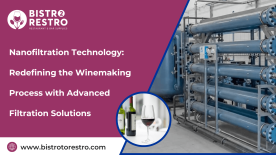Wine is a timeless beverage enjoyed by many, from casual drinkers to dedicated connoisseurs. Behind every bottle of wine lies a complex production process, and one of the most critical steps is wine filtration. While often overlooked by casual enthusiasts, wine filtration plays a vital role in ensuring that the final product is clear, stable, and free from undesirable elements. It improves clarity, prevents spoilage, and enhances the overall taste and aroma. In this guide, we’ll dive deep into the benefits, types, and essential tips of wine filtration. Whether you're a home winemaker or just a wine lover, understanding this process can help you appreciate the craftsmanship that goes into each bottle and elevate your wine experience.
What is Wine Filtration and Why is it Important?
Wine filtration is the process of removing unwanted particles, such as yeast, bacteria, and other solid materials, from the wine. This is typically done after fermentation and before bottling to ensure that the wine is clean, clear, and microbiologically stable. Filtration helps prevent spoilage and ensures a more pleasant sensory experience for the consumer. Wine filtration is important for several reasons:
Appearance: Filtration removes suspended solids that can make wine appear cloudy or hazy, ensuring it looks visually appealing and fresh.
Microbial Stability: It helps eliminate yeast, bacteria, and other microorganisms, preventing spoilage or unintended fermentation after bottling.
Flavor Preservation: By removing residual yeast or off-flavors, filtration helps preserve the intended taste and aromas of the wine.
Aging and Storage: A well-filtered wine is more stable, which improves its ability to age properly without developing unwanted characteristics.
Preventing Sediment: Filtration reduces the risk of sediment forming in the bottle, which can affect both the appearance and taste of the wine.
Quality: Filtration ensures that each bottle of wine maintains the same quality and taste profile, especially in larger production batches where slight variations can occur.
Improved Bottling Process: By removing particles that may interfere with bottling, filtration helps prevent clogging of equipment and ensures a smoother, more efficient bottling process.
Overall, filtration plays a vital role in enhancing the wine's quality, longevity, and overall drinkability, ensuring that consumers experience a polished, stable product.
Check out the essential liquors and mixers every bar should have to serve top-quality drinks.
Different Types of Wine Filtration Methods
There are several methods of wine filtration, each designed to remove different types of particles or impurities, depending on the wine’s needs. The choice of filtration method can affect the clarity, flavor, and stability of the wine. Here are the most commonly used wine filtration techniques:
Coarse Filtration:
Removes larger particles such as grape skins, seeds, and other solids.
Typically performed after fermentation but before fine filtration.
Ensures the wine is free of gross solids that could affect its appearance and stability.
Helps prepare the wine for further refinement in the filtration process.
Fine Filtration:
Uses smaller pores to filter out finer particles like residual yeast cells and suspended solids.
Crucial for improving the wine's clarity and ensuring a clean, polished appearance.
Improves stability by removing remaining impurities before bottling.
Helps prevent haziness and cloudiness in the final product.
Sterile Filtration:
Uses extremely fine filters (usually around 0.45 microns) to remove microorganisms like bacteria and yeast.
Ensures that the wine remains microbiologically stable and will not ferment in the bottle.
Commonly used for wines that will be stored for long periods or are intended for immediate consumption.
Prevents spoilage and off-flavors caused by fermentation after bottling.
Cross-Flow Filtration:
A modern method that uses membranes to filter wine under pressure.
The wine flows tangentially across the filter, which reduces clogging.
Offers efficient separation of particles while preserving the wine's characteristics.
Ideal for large-scale wineries due to its efficiency and gentle filtration process.
Plate and Frame Filtration:
A traditional method using filter plates and filter sheets to remove solids from the wine.
Wine is pushed through the filter sheets under pressure, clarifying the liquid.
Commonly used for both coarse and fine filtration in small to medium-scale operations.
Allows for good control over the filtration process, especially in smaller batches.
Activated Carbon Filtration:
Uses activated charcoal to absorb unwanted compounds like off-flavors, odors, or excess sulfur compounds.
Often used to correct specific flaws in wine, such as unwanted aromas or bitterness.
Helps restore a more balanced and pleasant taste profile when needed.
Primarily used in wines that have developed undesirable flavors or odors.
Membrane Filtration:
Utilizes semipermeable membranes to separate particles based on size.
It can be tailored for both coarse and fine filtration, depending on the needs of the wine.
Customizable to target specific impurities and ensure microbiological stability.
A chemical-free filtration method that offers precise control over the filtration process.
Read this article on how wine trends are shaping commercial bars in 2025, from innovative serving techniques to the growing demand for wines.
The Ideal Stages for Filtering Wine During the Winemaking Process
Filtering wine at the right stages of production is crucial for maintaining quality, clarity, and stability. The ideal times to filter wine vary depending on the type of wine being made and the specific goals of the winemaker. Here are the key stages for wine filtration:
After Primary Fermentation:
Purpose: Removes dead yeast, residual fermentation byproducts, and other suspended solids.
Method: Coarse filtration is often used to clarify the wine and remove large particles.
Benefits: Improves clarity, reduces unwanted flavors, and prevents any leftover yeast from affecting the taste of the wine.
Timing: After fermentation but before secondary fermentation or aging, depending on the wine type.
Pre-Bottling:
Purpose: Ensures microbiological stability and removes any remaining yeast or bacteria.
Method: Fine or sterile filtration is typically employed to catch smaller particles and microorganisms.
Benefits: Prevents further fermentation in the bottle, ensuring the wine’s stability during storage, and improves visual clarity.
Timing: Just before bottling, ensure no spoilage during storage or shipping.
Post-Aging:
Purpose: Removes precipitated tannins, phenolic compounds, and sediment that may have formed during aging.
Method: Fine filtration or cross-flow filtration may be used depending on the wine’s condition.
Benefits: Ensures the wine is clear and polished, enhancing the drinking experience by preventing cloudiness or sediment in the bottle.
Timing: After aging, typically before bottling for wines that have undergone extended aging.
After Malolactic Fermentation (for certain wines):
Purpose: Removes bacteria and any remaining fermentation byproducts from malolactic fermentation.
Method: Fine filtration or sterile filtration is used to eliminate bacteria and ensure that the wine is stable.
Benefits: Improves microbiological stability, helping the wine retain its clean taste and preventing any spoilage.
Timing: After malolactic fermentation, especially for wines that undergo this secondary fermentation (common in reds and some whites).
During Carbonic Maceration (for red wines):
Purpose: Clarifies wine early on, removing any residual carbonic gases and solids.
Method: Light filtration techniques are used to remove excess solids that result from the carbonic maceration process.
Benefits: Improves early clarity, reduces unwanted tannins, and smooths out rough flavors in wines made through carbonic maceration.
Timing: During or immediately after carbonic maceration, before the wine undergoes aging or fermentation in barrels.
By carefully timing filtration, winemakers can preserve the character of the wine while ensuring its stability and visual appeal.
Tips for Achieving Effective Wine Filtration
Achieving effective wine filtration requires a balance of technique, timing, and equipment. Here are some expert tips to help ensure that your filtration process enhances the quality of your wine:
Choose the Right Filter Type: Select the appropriate filter based on the level of filtration needed. Coarser filters are best for larger particles, while finer filters work for delicate clarifications.
Avoid Over-Filtration: Over-filtering can strip the wine of its natural flavors and aromas. Filtration should be done with care to remove only the unwanted particles while preserving the wine's character.
Monitor Temperature: Wine temperature affects filtration efficiency. Extreme temperatures can lead to clogging or ineffective filtration. Maintain the ideal temperature for best results.
Filter When Necessary: Filtration isn't always required. If the wine is clear and stable, excessive filtration might be unnecessary. Assess the wine's clarity before proceeding with filtration.
Sterile Filtration for Stability: If microbiological stability is a concern, consider using sterile filtration methods to ensure the removal of harmful microorganisms.
Take Time Between Filtration Stages: If multiple filtration stages are required, give the wine time to rest between each stage. This will allow any residual solids to settle, making the filtration more efficient.
Clean Filters Regularly: Ensure that filters are regularly cleaned and maintained, as clogged or dirty filters can reduce efficiency and contaminate the wine.
Test the Wine After Filtration: Always taste and test the wine after filtration to ensure no important flavors have been lost and that the wine’s clarity and stability meet expectations.
By following these tips, you can effectively filter wine without compromising its unique qualities, resulting in a polished and stable final product.
Wine filtration is more than just improving a wine’s appearance, it plays a critical role in ensuring quality, stability, and longevity. From removing unwanted particles and microorganisms to enhancing clarity and preserving flavor, proper filtration supports a wine's integrity at every stage of production. Whether it’s clarifying after fermentation, stabilizing before bottling, or refining after aging, each step serves a distinct purpose. For winemakers, filtration requires balancing technical precision with the preservation of the wine’s natural character, while for wine lovers, it offers insight into why some wines are crystal clear and others retain a rustic charm. Ultimately, thoughtful filtration is a vital blend of science and craftsmanship that helps bring out the best in every bottle.
Looking to refine your wine and stay ahead of the trends? BistroToRestro is your ultimate solution to wine filtration, featuring top brands like Blush, True, and Viski. Enhance your bar with premium accessories like aerators, decanters, and preservation systems for the perfect pour every time!
FAQs
What is the best way to filter wine?
The best way to filter wine is by using a fine mesh filter or a cheesecloth secured with a rubber band to remove sediment and clarify the wine before serving.
Can I bottle wine right after filtering?
It’s generally not recommended to bottle wine immediately after filtering; it’s better to allow it to settle for a few hours to ensure no residual particles are left.
Does filtering wine remove yeast?
Yes, filtering wine can remove yeast along with other solids, ensuring a clearer and more refined product, though some yeast might remain in the wine depending on the filtration method.
